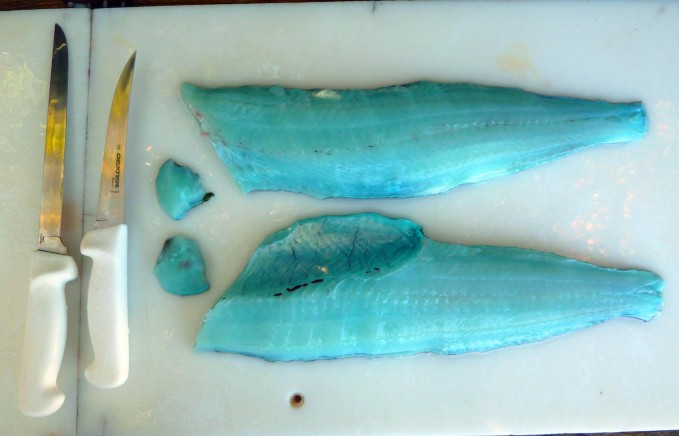
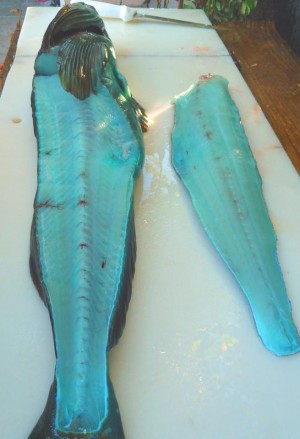 Lingcod is a member of the greenling family and isn’t the only species of fish on the West Coast to have blue-green meat. Relatives to the Lingcod are the rock greenling and the kelp greenling which are sometimes tinted turquoise like the unrelated cabezon, which shares the same habitat.
Lingcod is a member of the greenling family and isn’t the only species of fish on the West Coast to have blue-green meat. Relatives to the Lingcod are the rock greenling and the kelp greenling which are sometimes tinted turquoise like the unrelated cabezon, which shares the same habitat.
Lingcod are usually white-hued like halibut or rockfish and are a West Coast bottom-dwelling species. It occasionally looks as though it’s been marinated overnight in a bag of Blue food dye.
A bile pigment called biliverdin appears to be responsible for turning the blood serum of these fish their stunning color, but how this pigment gets into the tissues and flesh of the fish or even why only some lingcod turn this striking shade is a mystery to biologists.
Biliverdin is a green tetrapyrrolic bile pigment and is a product of heme catabolism. Even so, no one is really sure why it happens and why certain types of fish display it, but it generally occurs in certain Eastern Pacific bottom fish species. Around 20% of lingcods have blue-green to turquoise flesh in which color turns white by cooking.
Rare turquoise individuals taste the same as their white flesh brethren. And during cooking, the blue color vanishes entirely. Those fortunate enough to encounter a blue fillet at the fish counter may be drawn to it for its aesthetic appeal.






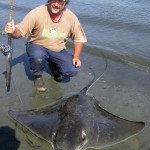
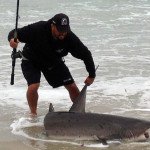
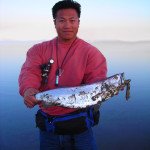
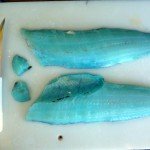
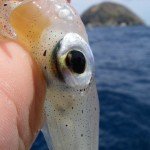
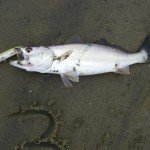
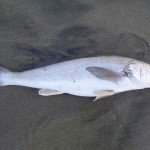

Most commented